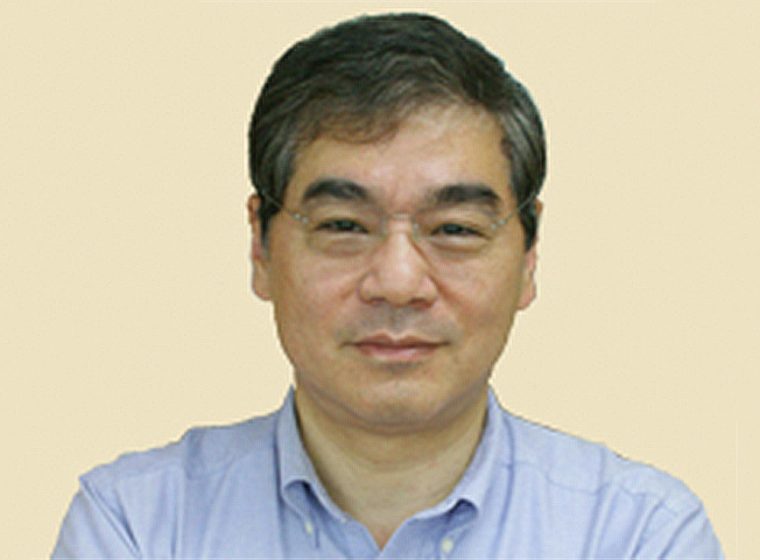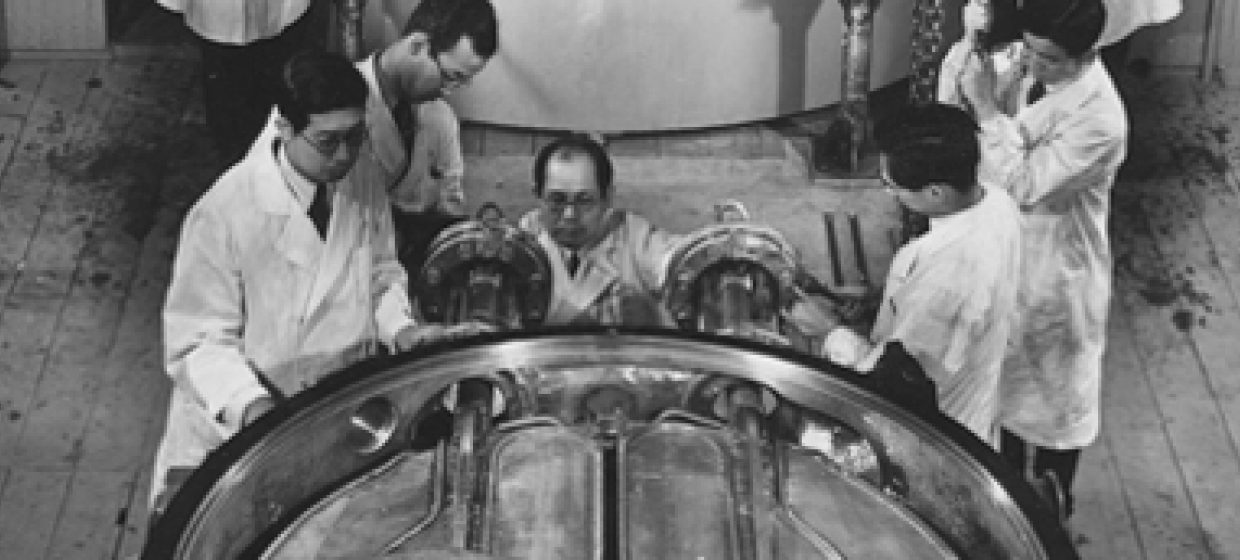
Professor Kim Dong-Won
Visiting Professor (January – June 2014)
Tembusu College
National University of Singapore
National University of Singapore

Dr. Dong-Won Kim is a historian of science. He received a PhD from Harvard University in 1991, and has taught at the Korea Advanced Institute of Science and Technology (1994-2005), Johns Hopkins University (1998-99, 2001, 2002, 2003, and 2012) and Harvard University (2013). He was also the Dean of the College of Cultural Science at the Korea Advanced Institute of Science and Technology (2009-2012). Since the fall of 2008, he has been the president of the D. Kim Foundation for the History of Science and Technology in East Asia, which provides young scholars with fellowships and grants.
Dr. Kim’s major research fields are the history of physics in the 19th and 20th centuries, and the history of science and technology in Korea and Japan. He has published several papers on these subjects, alongside two books, Leadership and Creativity: A History of the Cavendish Laboratory, 1871-1919 (Dordrecht: Kluwer Academic Publishers, 2002), and Yoshio Nishina: Father of Modern Physics in Japan (London: Talyor and Francis, 2007). He is currently working on two book projects: cosmic ray research in the 20th century, and the history of Samsung Electronics with a special emphasis on engineering.

